Throughout the 1910s, the shoreline of Pelham Bay Park, the area that would one day become Orchard Beach, existed as a sprawling summer metropolis of camps and bungalows. This was not a single public beach but a collection of distinct communities spread across the shores of Rodman’s Neck and the adjacent Hunter and Twin Islands. For thousands of families, this waterfront was the center of life from Memorial Day through Labor Day.
The primary form of housing was the tent and bungalow colony. By this decade, the camps were well-established and highly organized. Entire city blocks of neighbors from the Bronx and Manhattan would transplant their communities to the shore, setting up canvas tents on wooden platforms side-by-side. These sites were leased from the Parks Department for a modest seasonal fee. Life in the tent cities was communal. Families cooked meals on kerosene stoves, shared news with their neighbors over morning coffee, and spent their days on the rocky beaches and in the calm waters of LeRoy’s Bay.
By the middle of the decade, more permanent structures began to appear alongside the tents. Small, self-built wooden bungalows, some little more than shacks, offered more protection from the elements. These structures were a sign of the deep attachment families had to their summer grounds. The population of these camps swelled to over 4,000 residents each summer, creating a bustling, temporary city on the edge of the Sound.
Read more
Access to the area improved during this period. While many still arrived by taking a ferry from City Island, improved trolley lines along Pelham Parkway brought more day-trippers from across the Bronx. These visitors came for the organized picnics and social events held by churches, unions, and fraternal organizations. These gatherings featured athletic contests, like three-legged races and egg-and-spoon races, which unfolded on the patches of sand between the rocky outcrops.
The Hunter Island Inn continued to operate as the main commercial establishment in the area. This large hotel and restaurant, located on Hunter Island itself, was a destination for those seeking a more refined experience than the rustic camp life. It hosted dinners and dances, attracting a clientele with its large verandas that offered sweeping views of the Long Island Sound. The inn was a landmark, its presence a reminder of the area’s long history as a resort destination.
In 1918, the Bronx International Exposition of Arts, Sciences and Industries opened nearby in a section of Crotona Park. While not on the beach itself, this major event brought increased attention and traffic to the borough. For the residents of the Orchard Beach camps, the Exposition was a nearby attraction, but their own world remained focused on the rhythms of the sun and the tides. The decade ended with the shoreline camps more popular than ever, a beloved and essential part of summer life for a generation of New Yorkers.


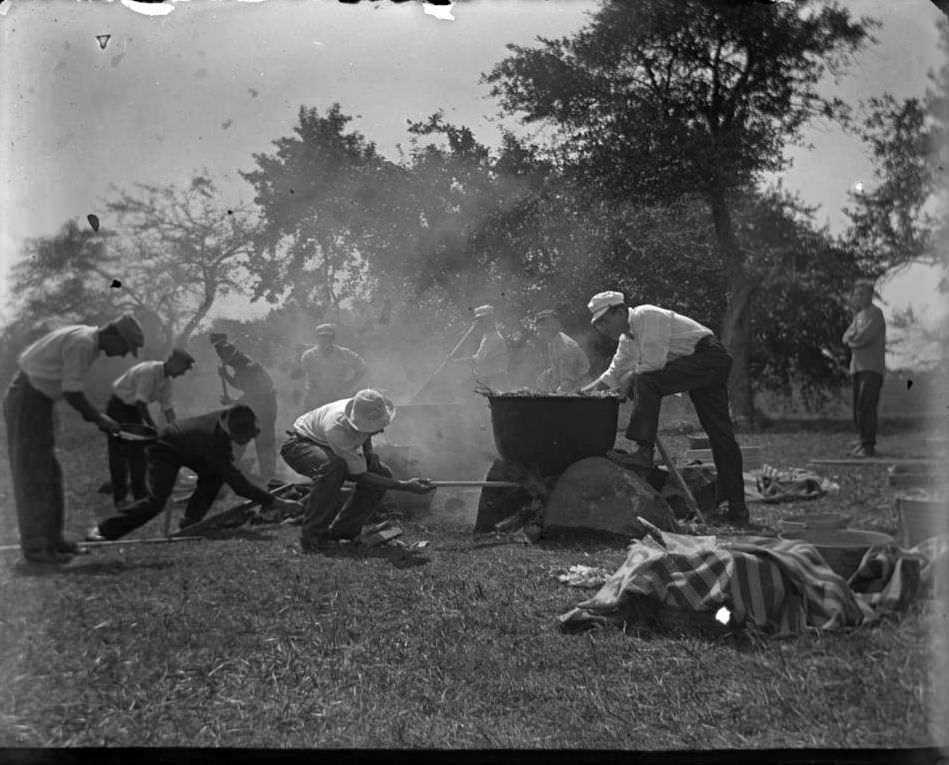
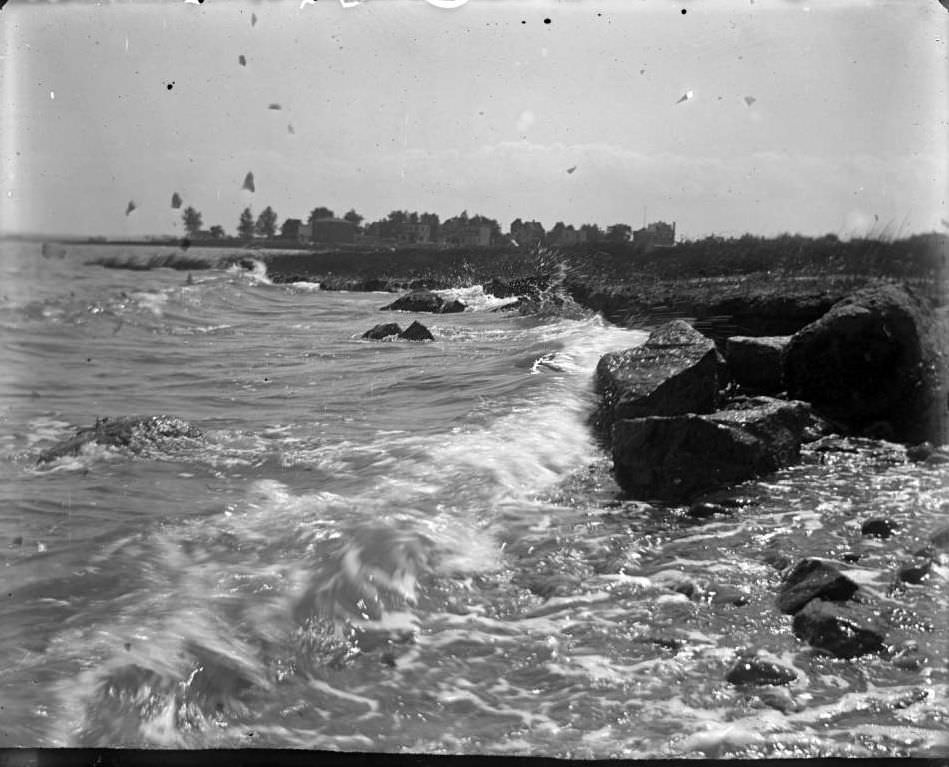
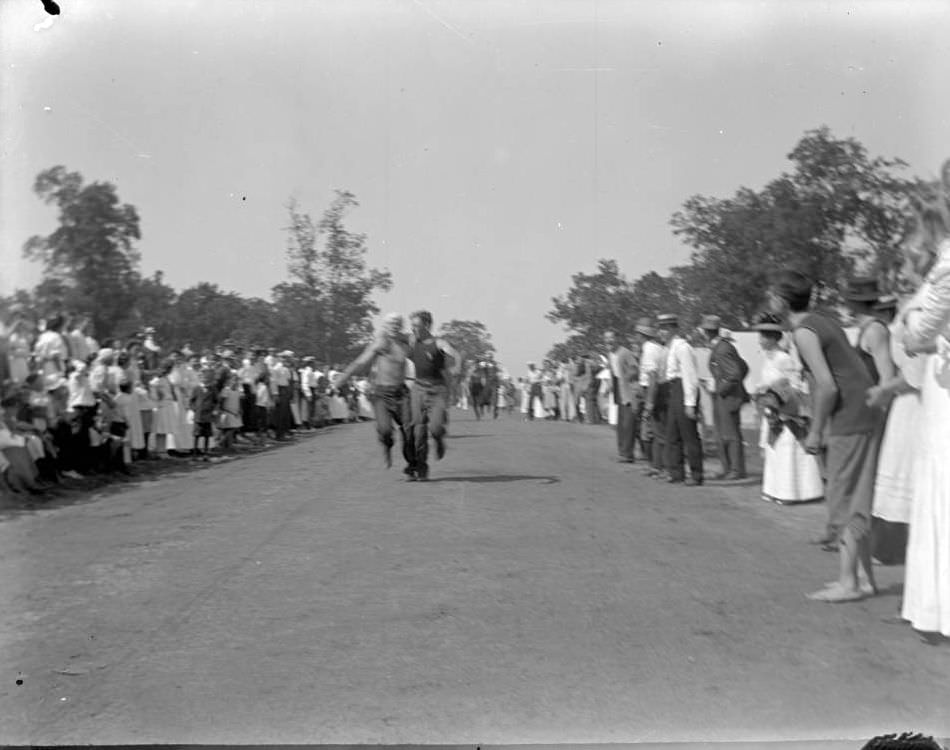
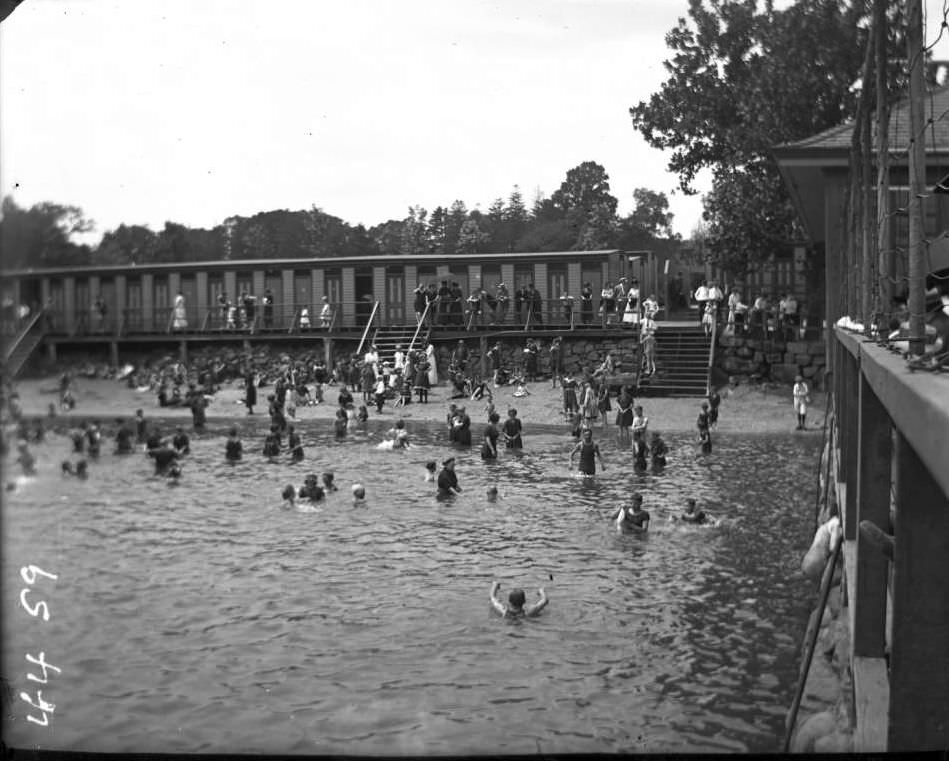
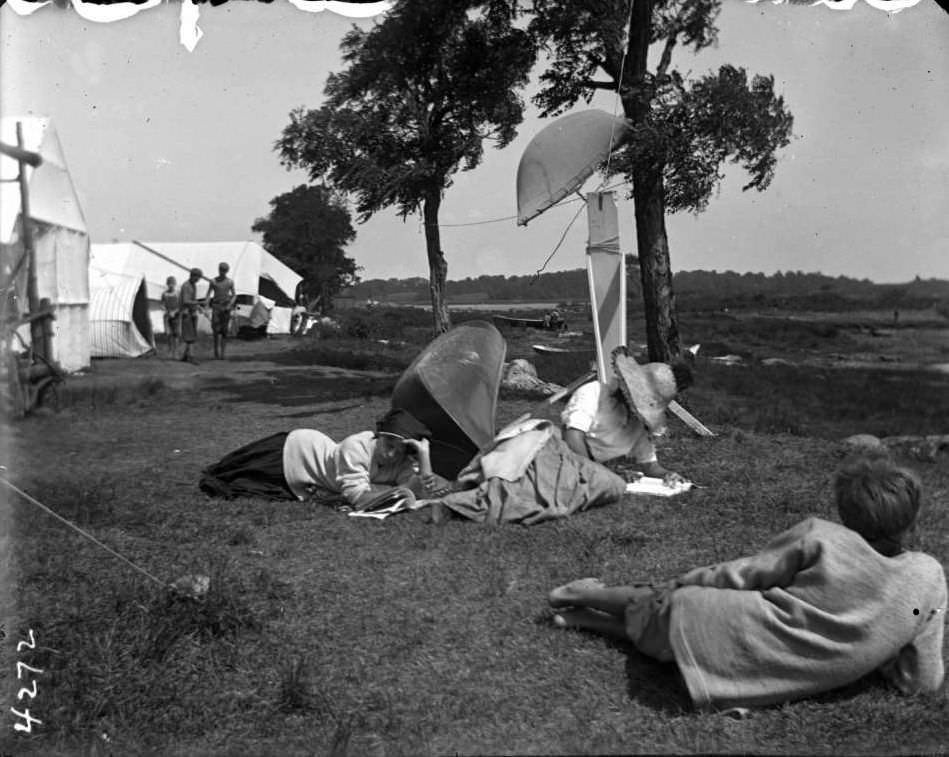

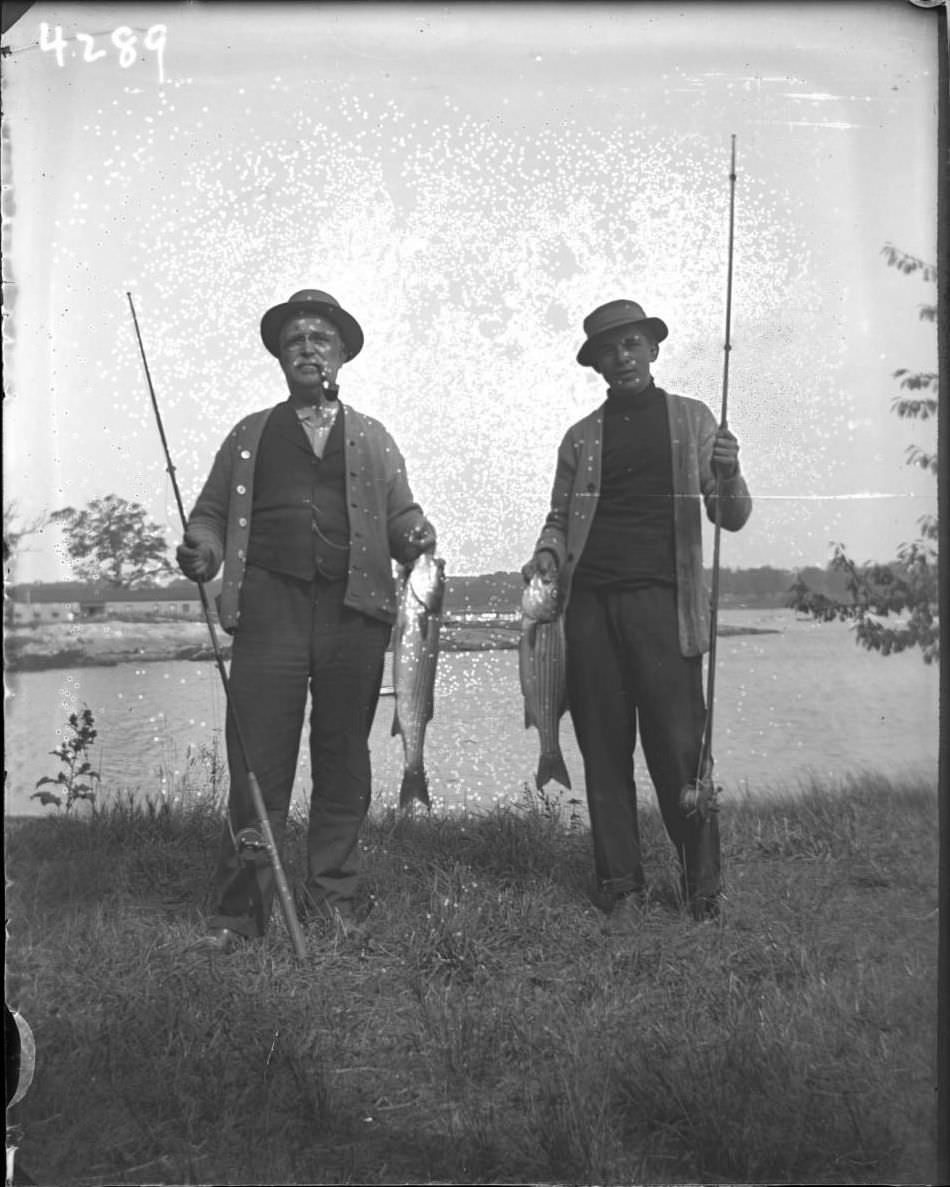
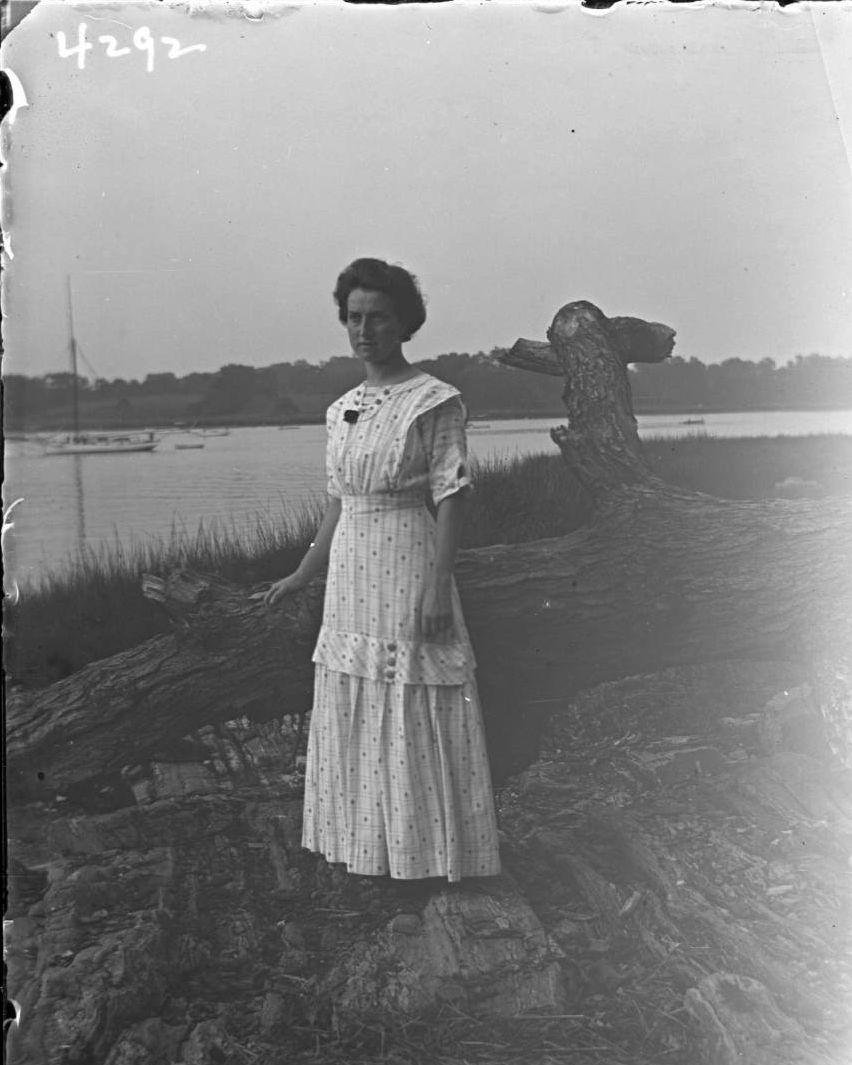
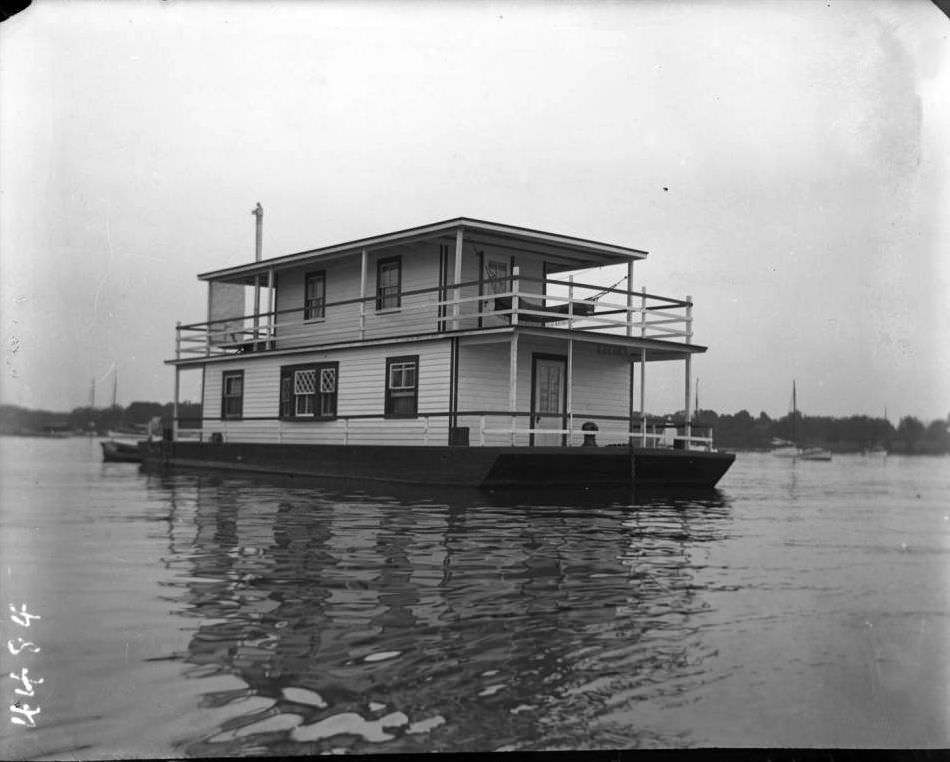
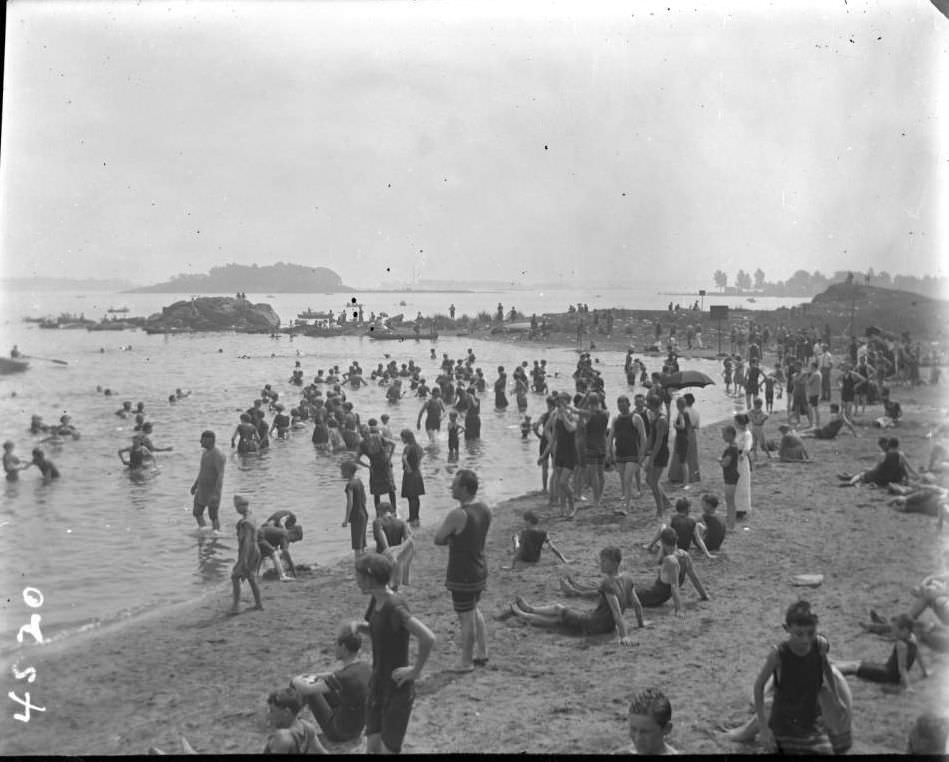
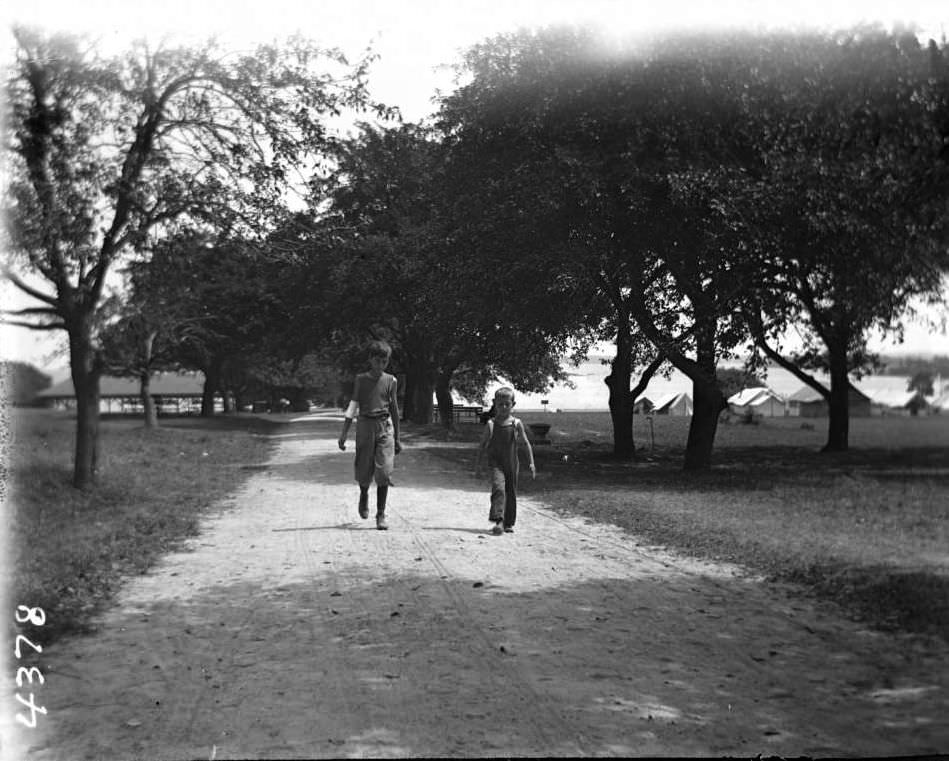
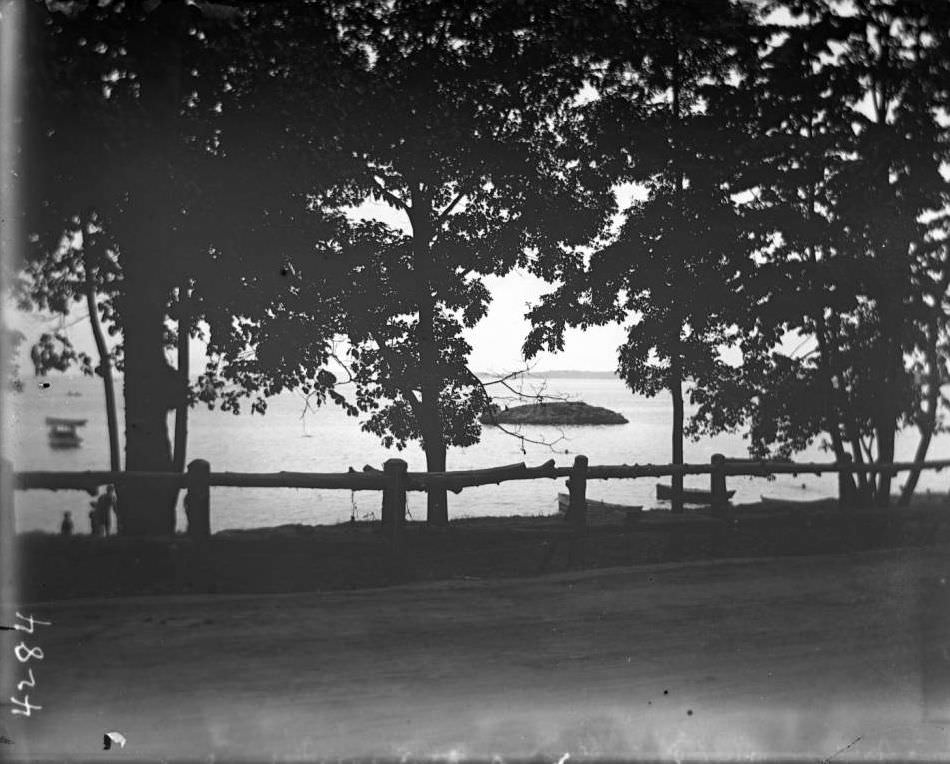
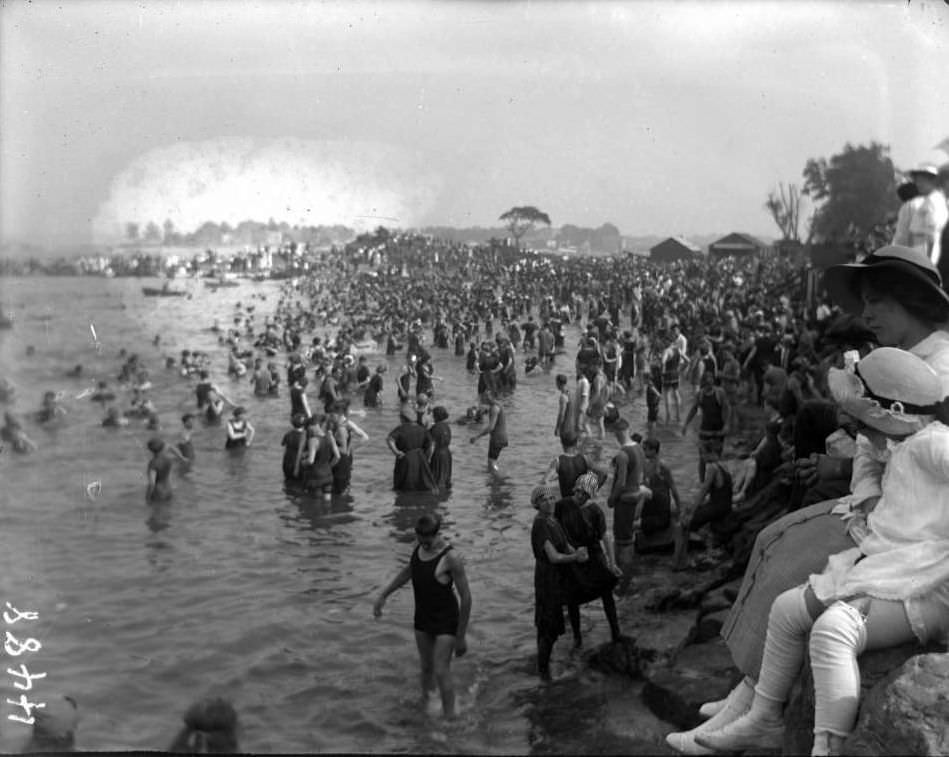
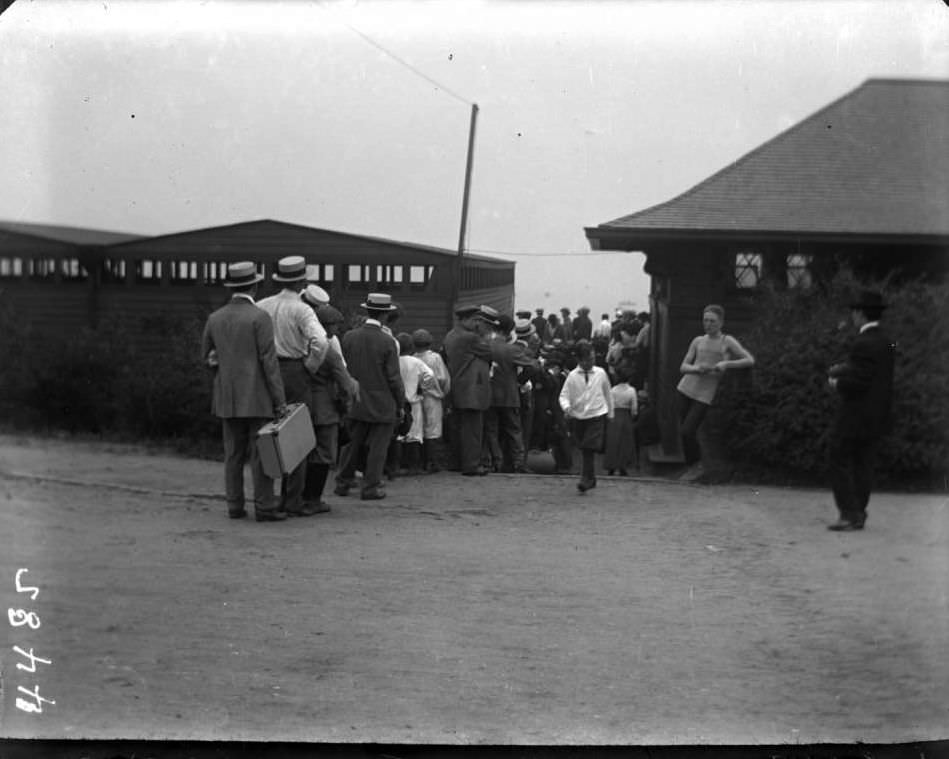


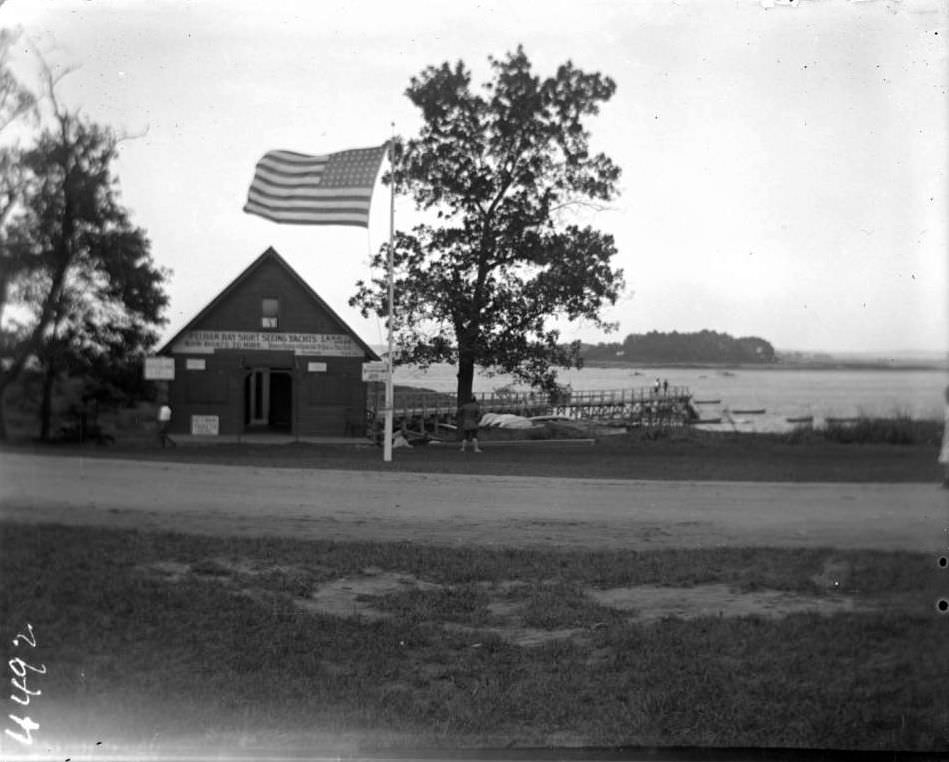
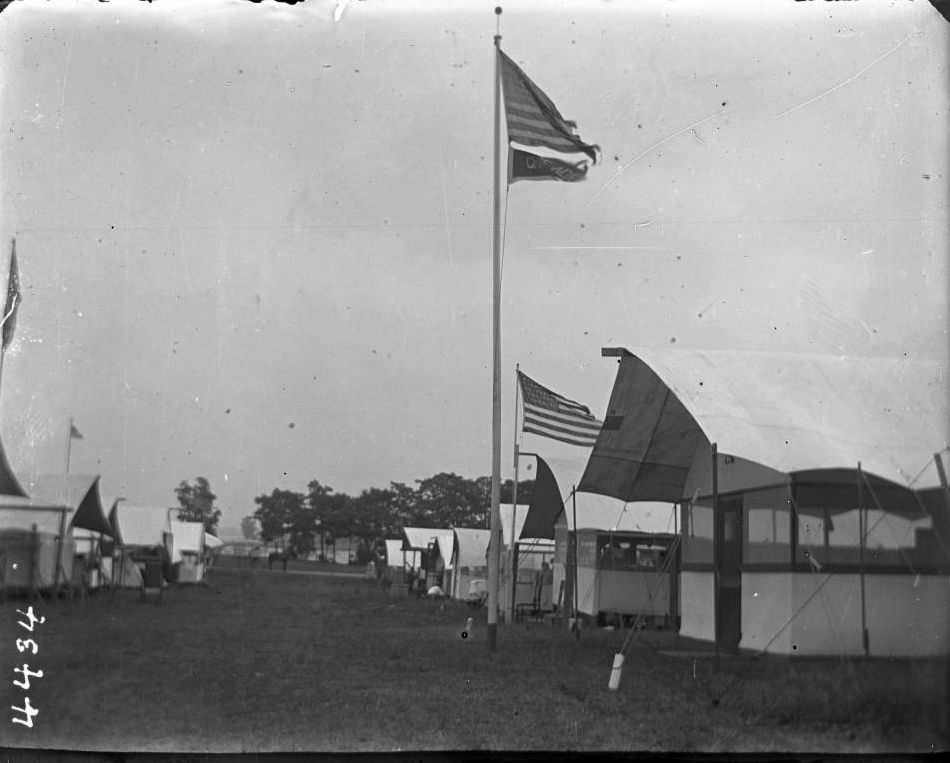
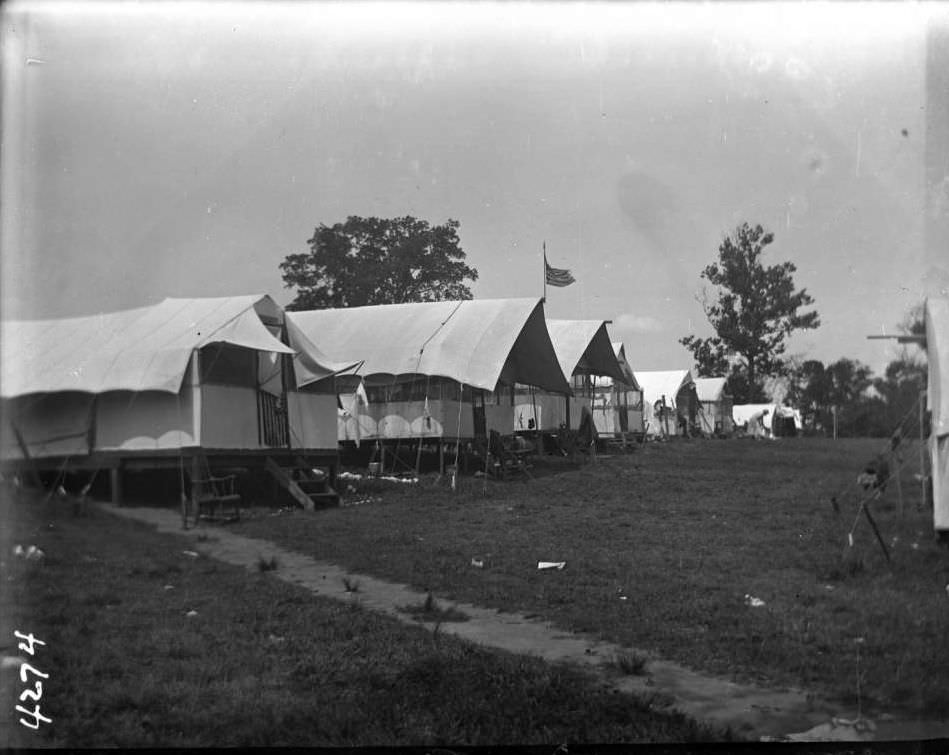

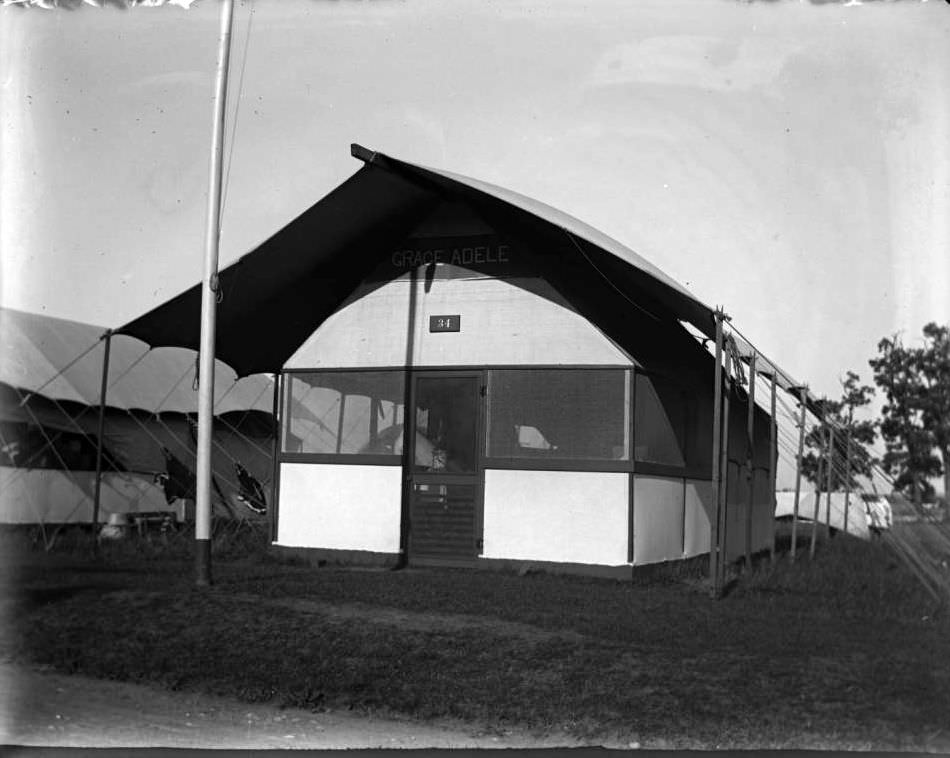
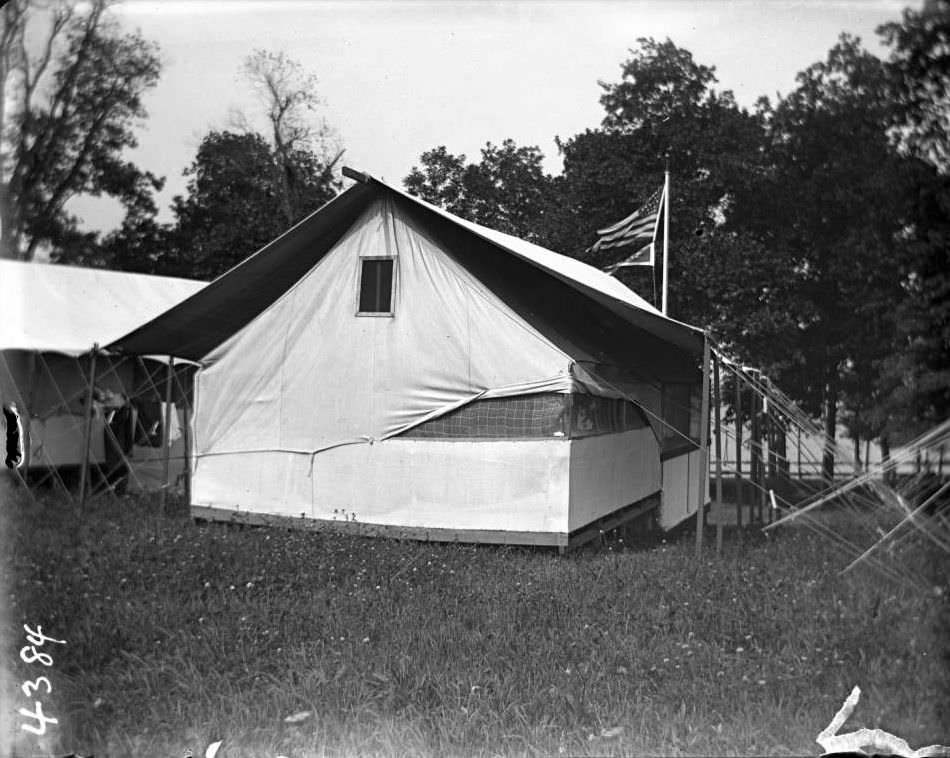
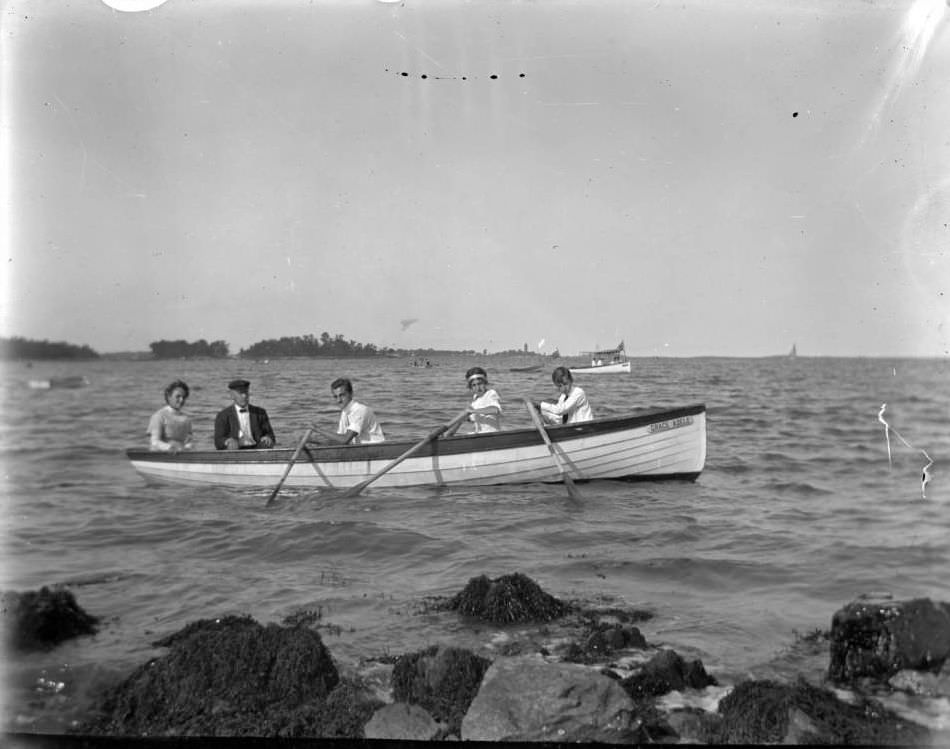
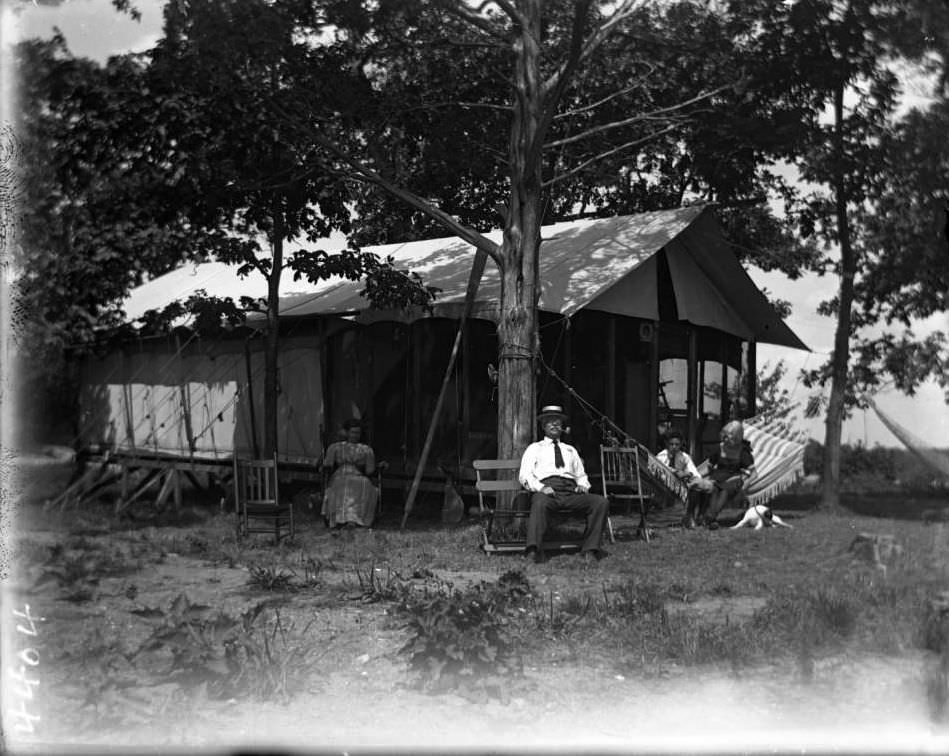
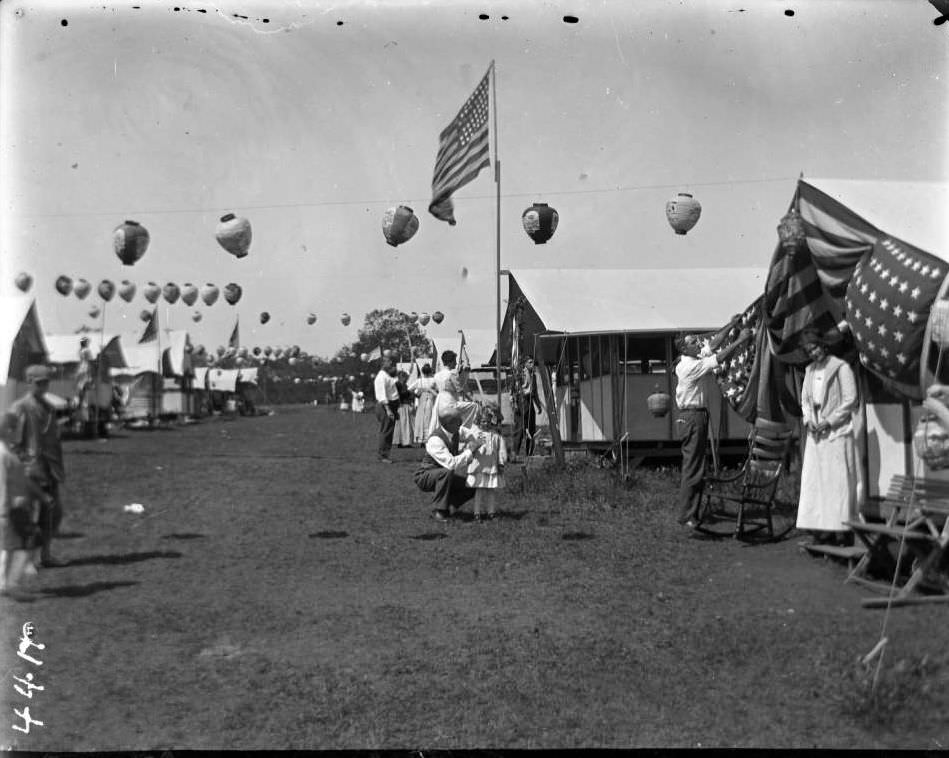
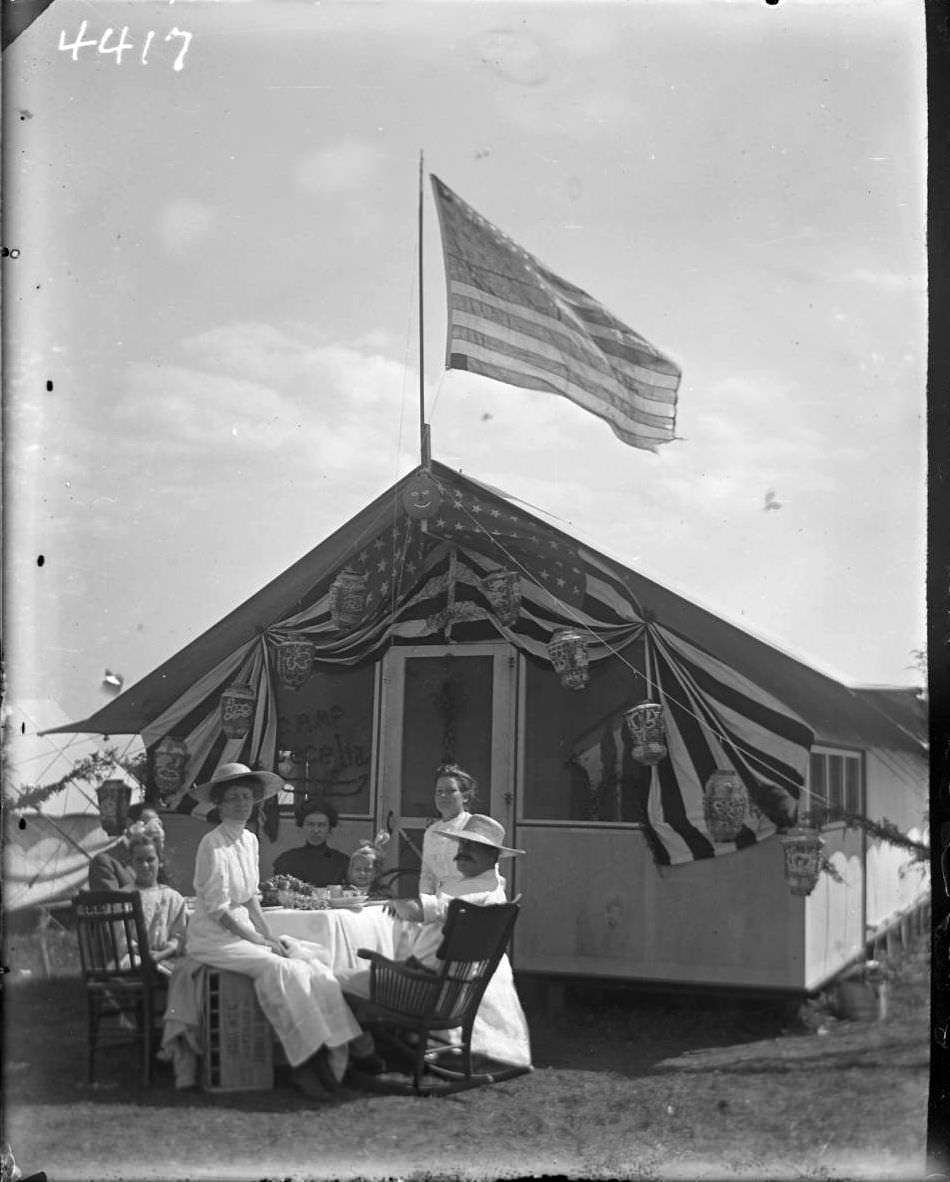

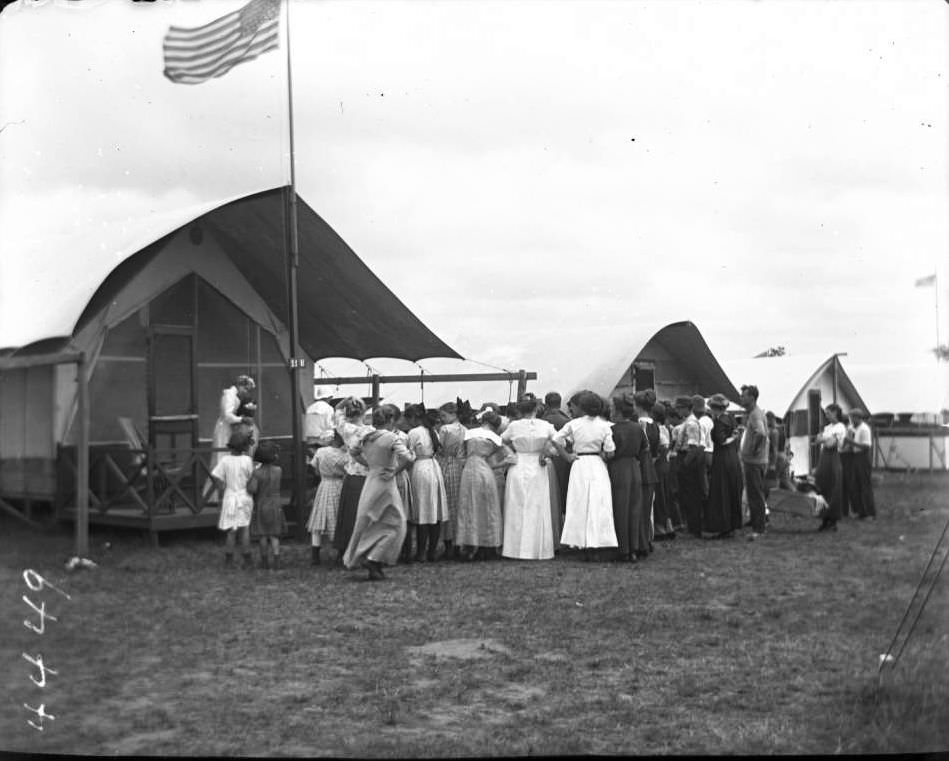
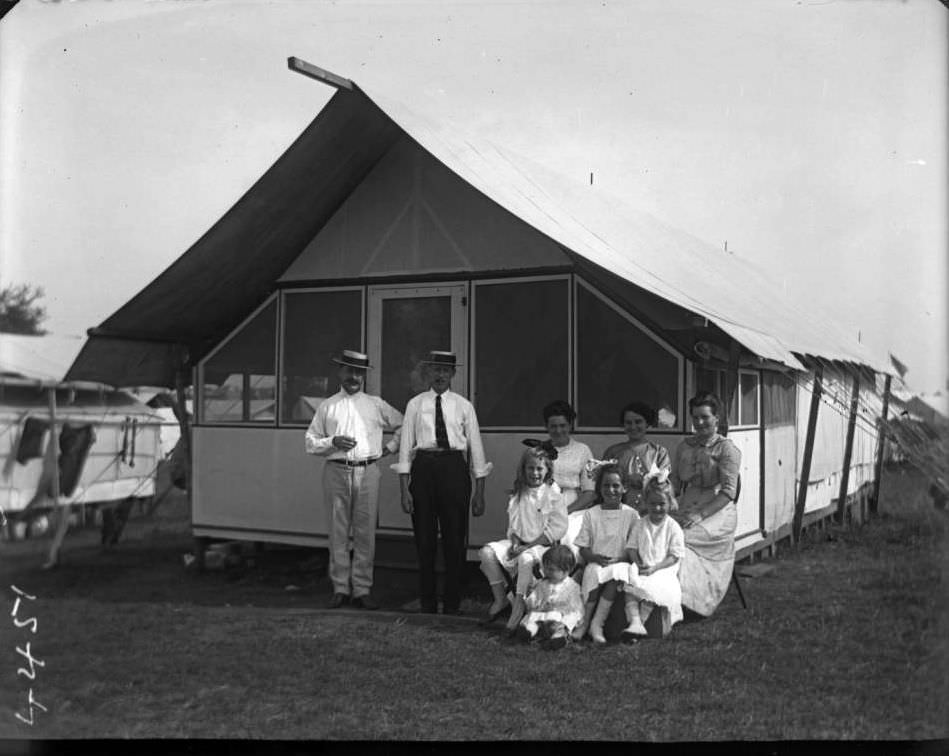
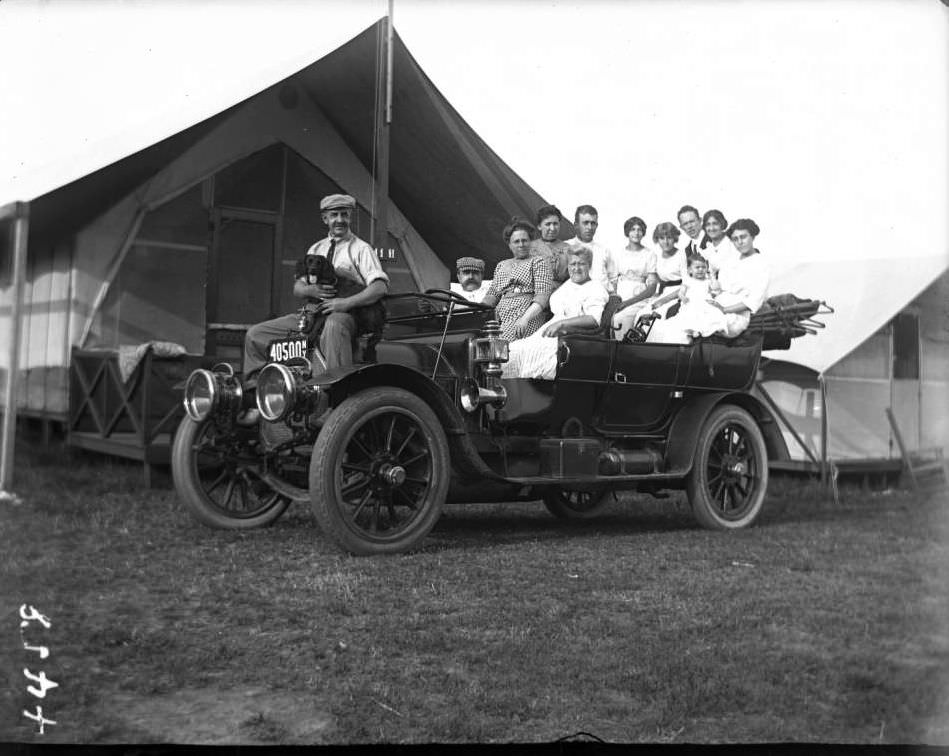
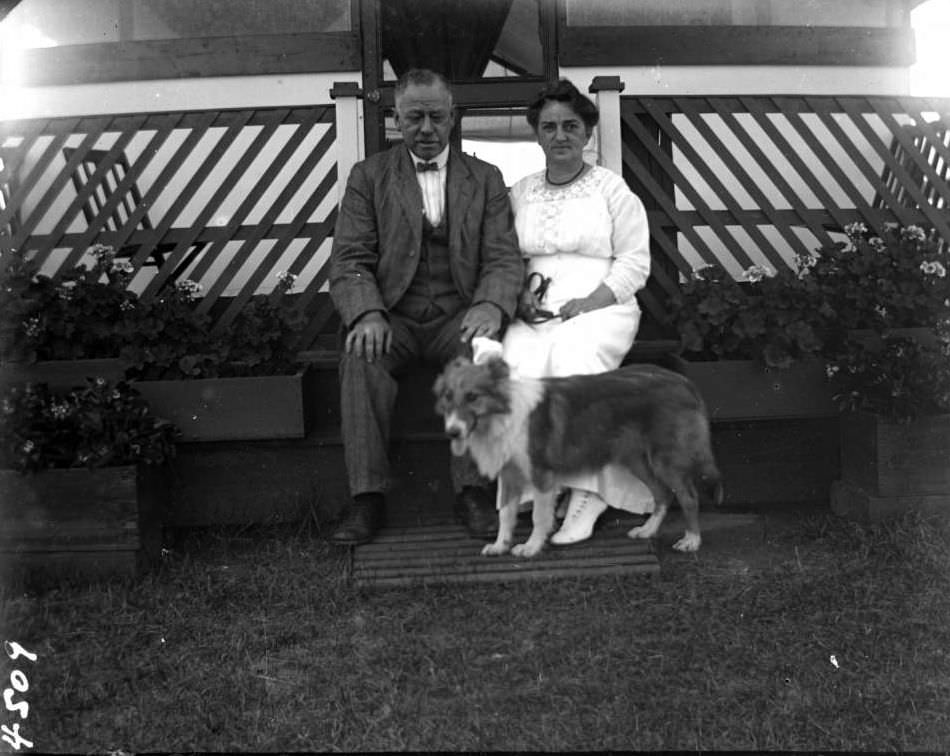
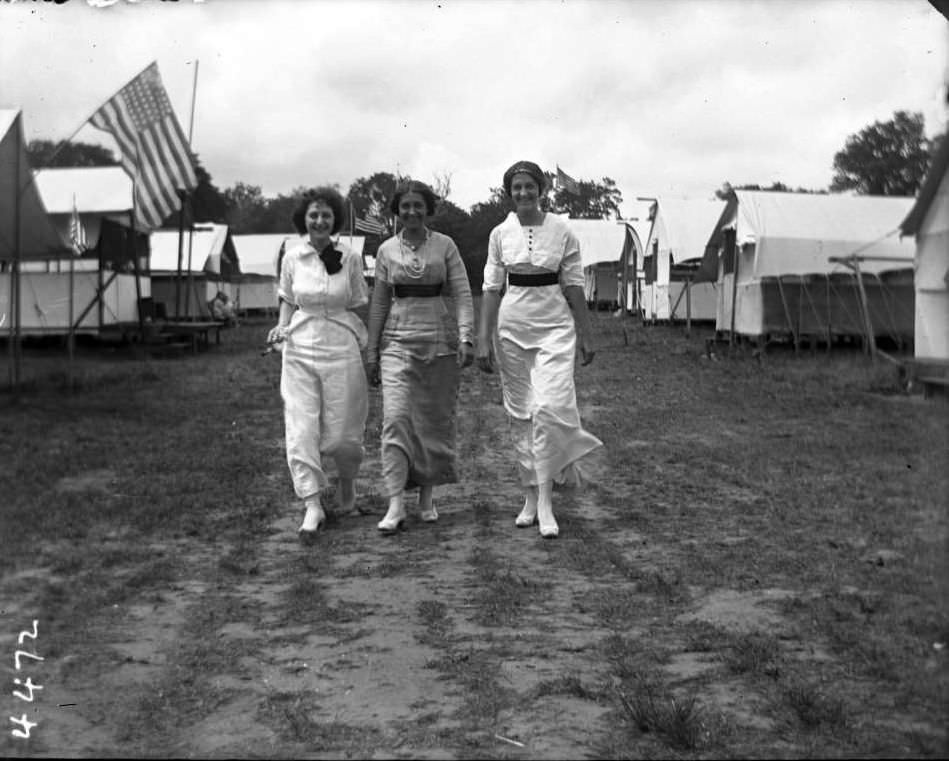
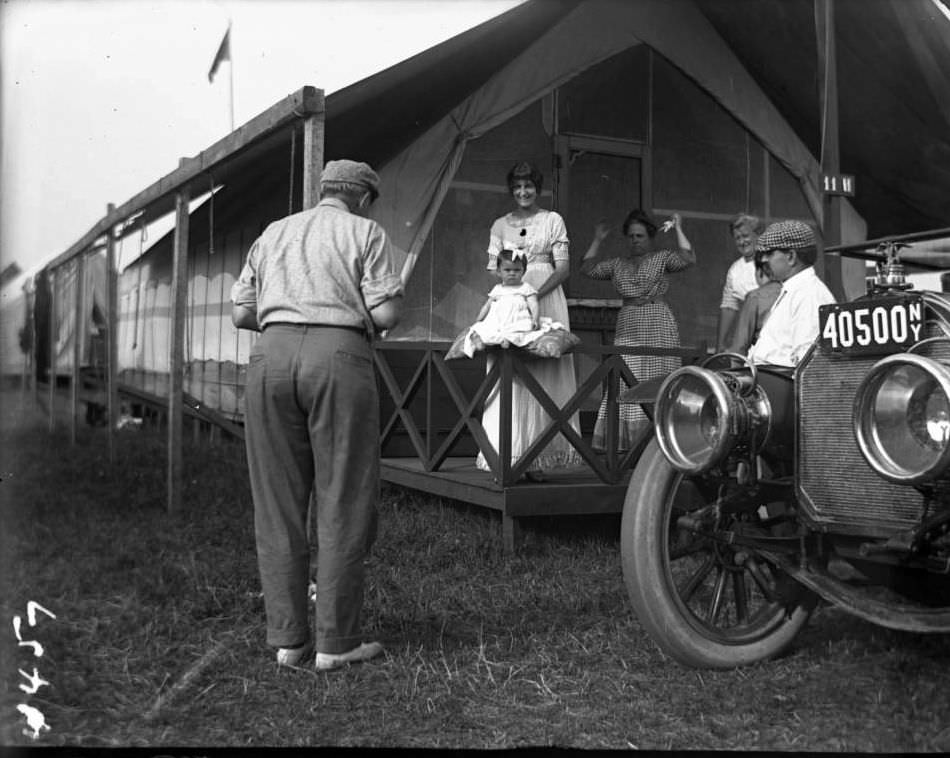
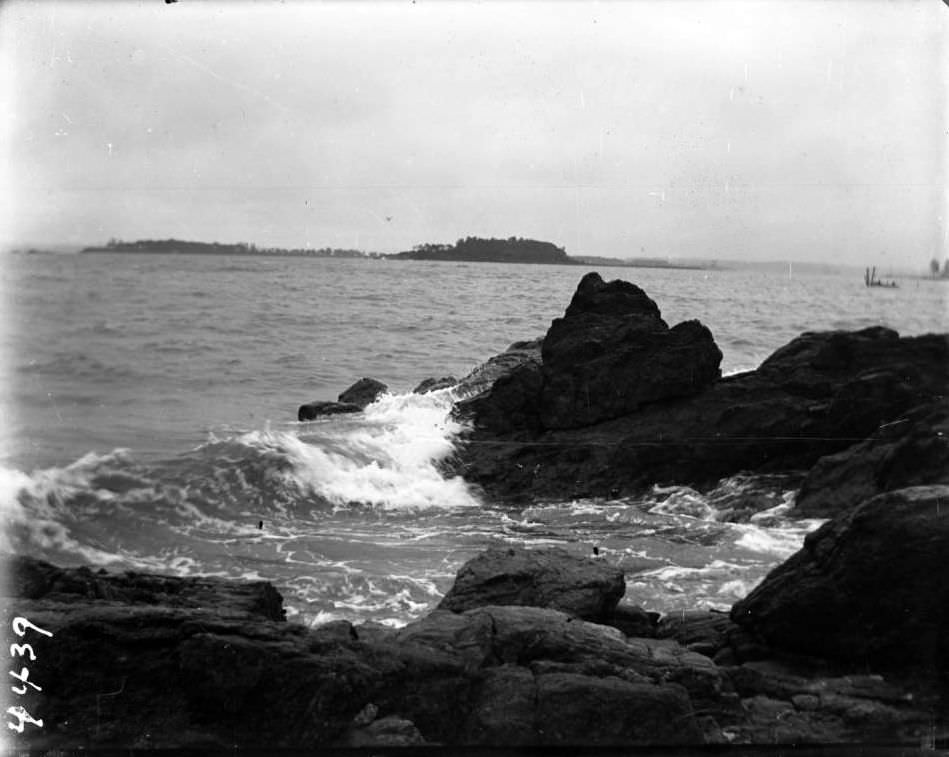

GIPHY App Key not set. Please check settings